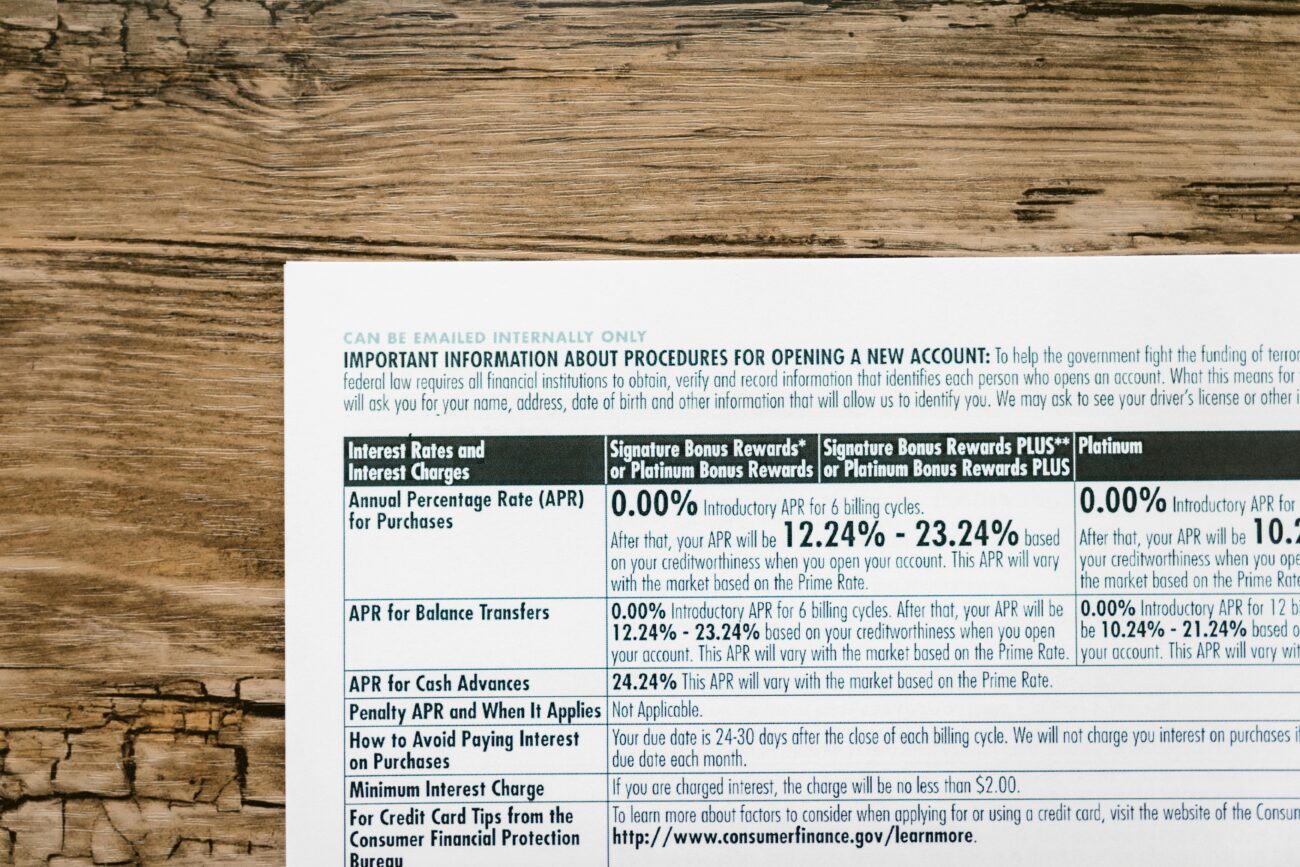If you’re considering a gum graft procedure, you may be wondering about the financial implications. The question, “Is a gum graft covered by insurance?” is important not just for your wallet but also for your oral health. This article will guide you through the factors affecting insurance coverage for gum grafting, helping you make informed decisions.
Understanding Gum Grafts
Before diving into insurance specifics, let’s clarify what a gum graft is. A gum graft is a dental procedure used to treat gum recession, which can expose tooth roots and lead to various dental issues. There are three main types of gum grafts:
- Connective Tissue Grafts: The most common type, where tissue is taken from the palate.
- Free Gingival Grafts: Used mainly for thin gums, involving tissue taken directly from the palate.
- Pedicle Grafts: Tissue is taken from nearby gums, allowing for faster healing.
Insurance Coverage Overview
Whether or not a gum graft is covered by insurance largely depends on several factors:
1. Type of Insurance Plan
Different insurance plans have different coverage levels. Here are a few types:
- PPO Plans: Often cover gum grafting, especially if deemed medically necessary.
- HMO Plans: May have limited coverage options and steer patients to specific providers.
- Dental Insurance: Sometimes includes oral surgeries, but the extent of coverage can vary significantly.
2. Medical Necessity
If your dentist determines that the procedure is medically necessary—due to significant gum recession or potential tooth loss—insurance is more likely to cover it. Always obtain documentation from your dentist explaining the necessity.
3. Pre-authorization Requirements
Some insurers may require pre-authorization before they will cover a gum graft. This means getting approval before undergoing the procedure. Check with your insurance provider for specific guidelines.
Steps to Maximize Your Insurance Benefits
Follow these steps to ensure you get the most out of your insurance for a gum graft:
- Consult Your Dentist: Discuss the necessity of the procedure and ask them to provide detailed documentation.
- Contact Your Insurance Provider: Call and ask specifically about coverage for gum grafts. Request a written explanation of your benefits.
- Consider Flexible Spending Accounts (FSAs): If your coverage is limited, FSAs can help you manage out-of-pocket costs.
What If My Insurance Doesn’t Cover It?
If your insurance denies coverage, don’t lose hope. Here are some alternatives to consider:
- Payment Plans: Many dental offices offer financing options to help spread out the costs.
- Second Opinions: Getting another assessment may reveal additional reasons for coverage.
- Community Programs: Some local organizations provide dental care at reduced costs.
Conclusion
Understanding whether a gum graft is covered by insurance can be complex. By knowing the factors involved and taking proactive steps, you can improve your chances of getting coverage. Always have open communication with both your dentist and your insurance provider to navigate these options smoothly.
If you’re considering a gum graft and want personalized advice, contact us today to schedule a consultation!
